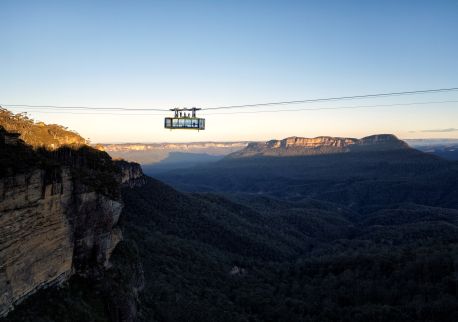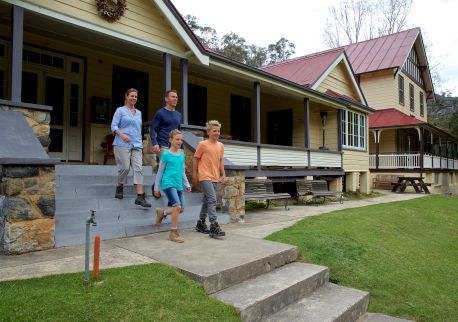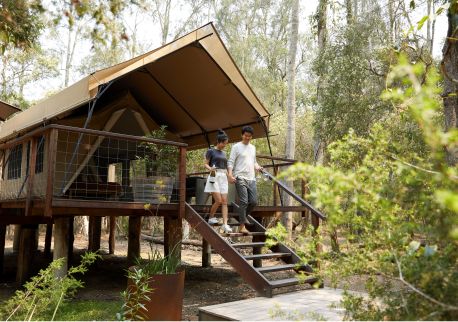World War II Tank Traps
Highlights
Overview
During World War II, low profile, defensive positions were established along many roads throughout Australia. The Mount Lindesay Road (then known as the New England Highway) was the only all-weather road from Sydney to Brisbane up until the 1950s, and was one such road to have tank traps constructed along it. It was part of the ‘Brisbane Line’.
Tank traps were established at Thunderbolt’s Gully, which was one kilometre north of a major training camp in the Tenterfield region, the London Bridge Army Camp. The site was also chosen as the area either side could not be easily bypassed. The huge boulders on the hillside on the eastern side of the road were considered too much of an obstacle for the light Japanese tanks. The concrete retaining wall prevented them bypassing the holes left by the exploding mines in the road, which was then a narrow gravel one.
When visiting the site today, you can see the three rows of wooden posts (1500mm or 5ft in the ground and 900mm or 3ft out) that were erected to force enemy tanks to rise up, exposing their soft underbelly. The rockfall further down from these posts was from rock blasted up higher to make the passage more difficult. Drill holes can be seen in this fallen rock.























